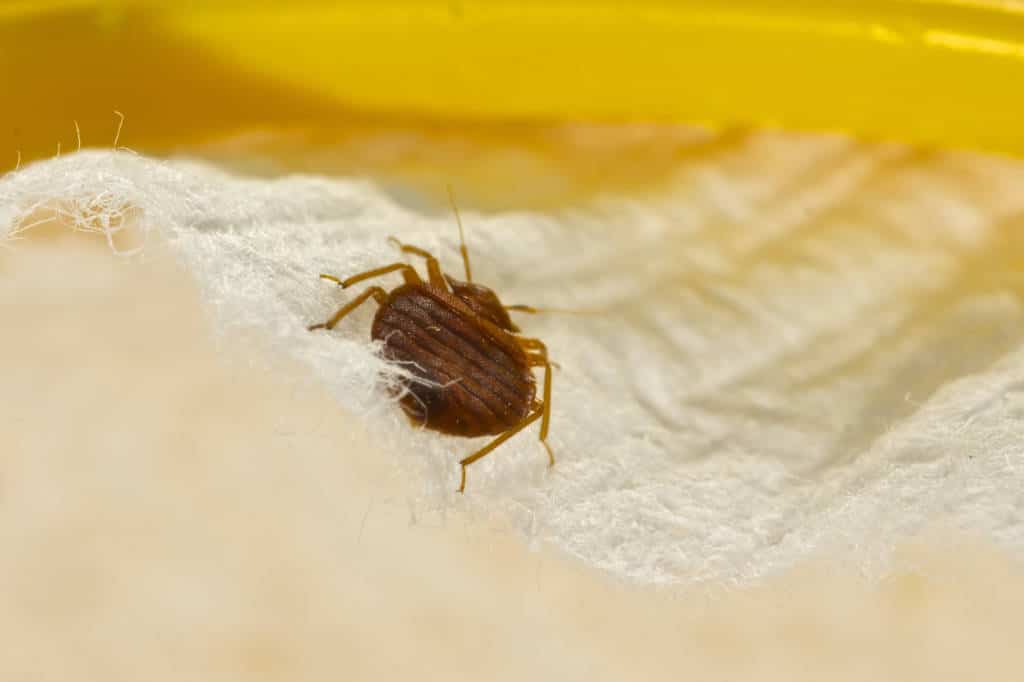10 Places Where They Hide & How To Stop Them


A new report conducted by the National Pest Management Association (NPMA) and the University of Kentucky has found that bed bug infestations in the United States are growing at high rates.
The report also stated that a third of pest-management companies treated bedbug infestations in hospitals in 2018, 6% more than the year before, and more than twice as many as in 2012.
The percentage of exterminators dealing with bed bugs in nursing homes has also almost doubled since 2018, to 46%. Bed bug experts also reported seeing them in ambulances, and 99.6 percent of study respondents claimed to have encountered bed bug infestations in the past year.
The top identified bed bug infestation locations were:
- Hotels/motels – 75 percent (80 percent in 2011)
- College dorms – 47 percent (54 percent in 2011)
- Nursing homes – 46 percent (46 percent in 2011)
- Office buildings – 36 percent (38 percent in 2011)
- Schools and daycare centers – 41 percent (36 percent in 2011)
- Hospitals – 33 percent (31 percent in 2011)
- Transportation (train/bus/taxi) – 21 percent (18 percent in 2011)
- Movie theaters – 10 percent (17 percent in 2011)
- Retail stores – 15 percent (21 percent in 2011)
- Libraries – 12 percent (8 percent in 2011)
RELATED: Natural Bug Repellent Recipes
Bed Bug Facts You Should Know
– The peak time for feeding is between midnight and 5 AM. Hungry bedbugs will try to feed at any time, but they do not like the sunlight and prefer the dark. One feed will take between 5 and 10 minutes. The bug will then return to its hiding place.
– Bedbugs will feed every 5 to 10 days. They can, however, last for about 70 days without feeding. A well-fed bedbug has a lifespan of several months.
– They find their host by seeking out human body heat and sensing the presence of carbon dioxide on the breath.
– A bedbug will pierce the skin of its host with its mouth part. It first injects saliva that is a mixture of an anesthetic, so that the host feels nothing, and an anticoagulant so that the blood flows out freely. It then sucks out blood until it is full.
The bites are not noticeable until after the skin reaction has occurred. According to the Centers for Disease Control and Prevention (CDC), it can take up to




